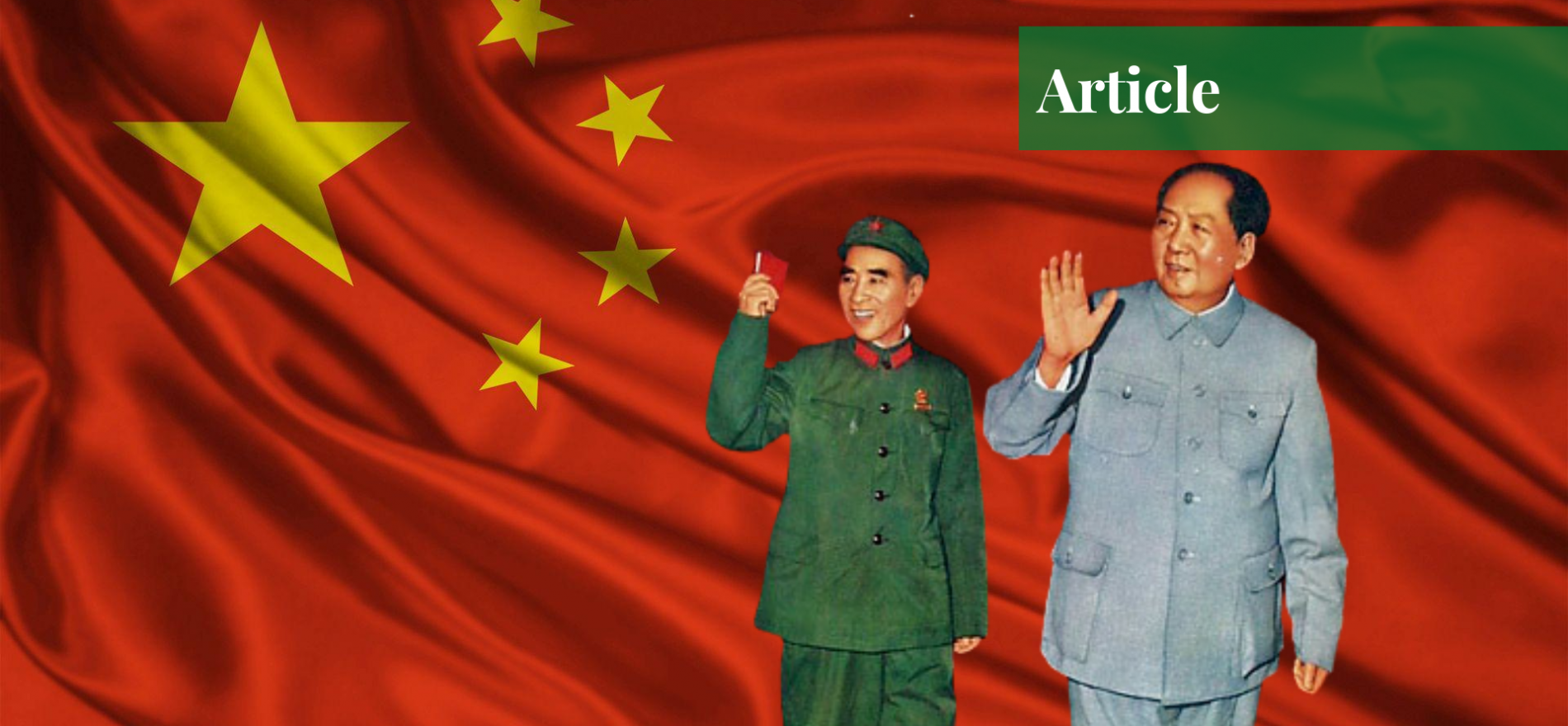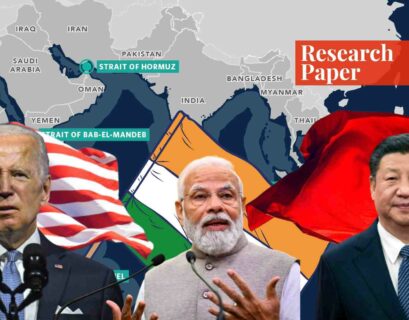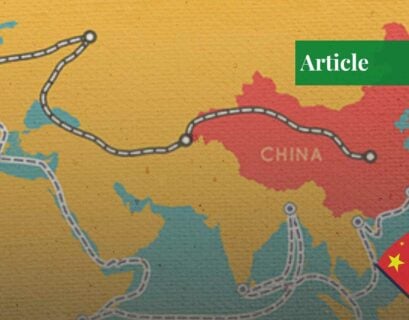Ms Aimen Babur is a Mechatronics engineer turned development enthusiast. She is currently working as a project assistant at the Sustainable Development Policy Institute (SDPI). Through her research, she aspires to give a voice to the youth and other marginalized communities of society.
The Chinese Model
Chinese ascendancy remains a source of amazement for many across the globe. Despite all odds, China has managed to shake the world order with its social and economic development. The fate of the Chinese model of governance was achieved only through the unique amalgamation of communist and Westernized democracy.
Initially viewed as a rigid socialist society deprived of any economic resources, China is now making headlines through its unique governance model designed to benefit its citizens at all levels. Experts are now studying the characteristics of the Chinese governance model in detail so as to delve deeper into the infrastructure that has brought about this huge success.
The Chinese governance structure incorporated a series of institutional reforms to ensure that the benefits of economic progression are felt at the grassroots level. The reform process was initiated by Chairman Mao in 1949 and was taken forward by his successors, Deng Xiaoping and President Xi Jinping.
The Chinese Communist Party (CCP) acted as a catalyst during these reforms and guided the state in social, political, and economic spheres. With President Xi Jinping, the socialist government undertook a paradigm shift where the national rhetoric had been revived through institutionalized leadership and guidance.
The Chinese Dream, as conceived by President Xi Jinping of China, encapsulates prosperity, harmony, and shared destiny so as to tackle imbalanced economic progress in Chinese society. His interventions have actually aided China in enhancing its significance in both regional and global contexts through various economic and diplomatic interventions.
The Chinese Government
Although the CCP has an apex role in its governance structure, China, contrary to popular belief, does not function like a one-party state. The CCP acts as a father figure of the nation and prefers to guide its people rather than function as a monolithic governance regime.
The “party-state system”, as employed by Chinese authorities, allows the administration to delegate regional autonomy to lower levels. The pluralist governance structure has made a clear distinction between party and state; the party is responsible for policy prioritizations and cadre management, while the state is held accountable for the implementation of policies at all levels.
Therefore, the Chinese governance model is an intricate balance of centralization and decentralization wherein the policy agenda is finalized by employing a bottom-up approach and its implementation in a top-down manner.
Hierarchical Structure
The CCP is divided into three hierarchical stages for ensuring the smooth functioning of the party. The top level comprises of National Congress, the Central Committee, and the Politburo Standing Committee (PBSC). Here, the PBSC includes the top brass leadership of China. The second level consists of the secretariat of the Central Committee, two special commissions, the military commission, and the Central Commission for Discipline Inspection (CCDI).
The CCDI encompasses all the specialized groups that play a major role in policy formulation. The third level handles all the day-to-day administrative issues of China. Due to the decentralized structure proposed by CCP, the local governance system is divided into provincial, municipal, county, and township levels. The CCP’s structure discussed above is replicated in all structural units.
The Chinese state comprises legislative, administrative, and judicial branches in all tiers of governance. These factions are responsible to work collectively and ensure the smooth execution of policy directives issued by the Central Committee. The legislative branch, the National People’s Congress, appraises the legal enactment of plans.
The administrative level controls all aspects of governance through the State Council, which is headed by the Prime Minister and comprises different ministers responsible for their respective departments. Although the judicial branch plays an extensive role in good governance, it cannot interpret the Constitution.
Therefore, it is quite clear that this dual governance model is based upon principles of collective and consensus-based decisions where all parties and government officials are involved directly in decision-making at different tiers.
“Selection Instead of Election” Approach
Another unique aspect of the Chinese governance model is its “selection instead of election” approach. The Chinese leadership does not approve of the electoral system employed by Western powers. They are confident that a single election could not adhere to the needs of a diversified society like China.
Their selection system reverberates with their distinctive cultural traditions where “wise and able” individuals are nominated for taking the country’s vision forward. Despite Western propaganda, this approach does not account for totalitarianism as it approves of liberal social values in society.
A less popular fact is that the Chinese community is, in fact, involved in elections at county levels. The representatives chosen by common men are then responsible for choosing representatives at the federal and provincial levels. Therefore, the Western propaganda against this scrupulous governance model is baseless and only used as a premise of the fifth-generation war against China so as to curtail its rise.
All things considered, it is pertinent to mention that, despite Western propaganda, the Chinese governance model is the ideal system combining the best values of socialist and democratic ideals. Self-governance is practiced widely at every level through congress and the government. Chinese authorities deem the inclusion of locals in administrative processes as mandatory which is evident by the institutional reforms inclined toward decentralization.
At times when modern liberal democracies are facing a backlash for their apparent failure to resolve human development issues, such value-based political meritocracy is ideal for fostering a value-based political structure responsible for fostering sustainable development goals. It is only due to the presence of such a thought-out process that China has not only managed to pull 850 million people out of poverty but has also emerged as the next superpower.
Hence, regardless of meaningless propaganda initiated by the Western media, China is leading a global trade war which is possible only due to its unique governance and development infrastructure. Such an exemplary model has not only played a substantial role in its economic advancement but has also paid significant attention to its social and political development.
If you want to submit your articles and/or research papers, please check the Submissions page.
The views and opinions expressed in this article/paper are the author’s own and do not necessarily reflect the editorial position of Paradigm Shift.



















